
McLachlan Chooses Hawk65 Vintage’74 for Netflix Original
One of the most important choices a filmmaker can make is format. The list of considerations can be endless, comprised of technical, budgetary and logistical factors as well as aesthetic concerns around story, character and emotion. When Rob McLachlan, ASC, CSC accepted the assignment on Nightbooks, he and director David Yarovesky chose to shoot with Hawk65 Vintage’74 lenses – the first set to be used in the field.

The project is a horror film based on a children’s novel, and Yarovesky’s heroes, including Sam Raimi, George Romero, John Carpenter and Wes Craven, were fans of the squeeze format.
“To me, anamorphic is what visual imagery should look like,” says Yarovesky. “I think we need distortion. The clearer or more perfect lens does not necessarily produce the best or most interesting image. Something needs to be off about the image for your mind to sort of grasp it. As technology gets better with sensors and frame rates going up, combined with cleaner spherical lenses, you get a look. But to me, that look isn’t cinema. Anamorphic speaks through the universal language of cinema. It’s a kind of subconscious magic that the viewer senses.”
McLachlan’s credits also include the iconic “Red Wedding” episode of Game of Thrones, Ray Donovan, Westworld, and Final Destination 3. He was all for anamorphic.
“We felt that if we made a film that looked and felt like a serious horror movie, adults as well as kids would be drawn into the ultimately sweet story without feeling pandered to,” says McLachlan. “We wanted it to feel like a scary grown-up movie, but one that kids would enjoy while taking away a positive message. My first reaction was to shoot large format 65mm anamorphic, which had really proved a godsend on Lovecraft Country, where we used the Venice 6K. The shallow depth of field would help isolate our lead character, and also leave a big frame in which scary things could lurk.”
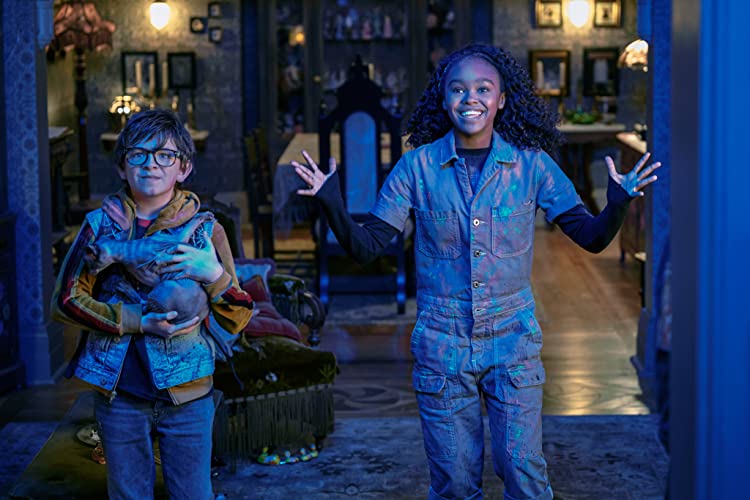
Yarovesky preferred the ARRI Alexa LF camera system, and the search for the right large format anamorphic lenses began.
“I had worked with Hawk 2x Anamorphics before, on Wes Craven’s feature Cursed back in 2003, and again more recently on the pilot for Batwoman,” says McLachlan. “I’ve always really liked them for their small size and look. A big consideration was that due to Netflix’s Covid protocols, we were not permitted to use any atmospheric haze. I use haze a lot to add depth and reduce contrast, as well as to naturally mitigate the incredible acuity and sharpness of UHD. Dave hated diffusion filters and I don’t use them if I can help it, so I felt I needed lenses that felt as low contrast as possible while covering the large format.”
Meanwhile, Vantage was putting the finishing touches on the very first set of Hawk65 Vintage’74 1.3x anamorphic lenses, which bring reduced contrast, gentle aberrations, enhanced flares and a gentler 1.3x squeeze to large formats, while delivering 2x-style bokeh.
Regarding the Vintage’74 coatings, Yarovesky says, “I think that gives the movie a classic feeling, like you’re watching Gremlins or other movies that I grew up with. Those films had a sort of darkness. If you watch E.T. today, you see there are a number of horror sequences. We’d never figure it as a horror movie, but when they’re running from the scientist in the house, that is a horror sequence, plain and simple. We wanted to refer to that era of cinema.”
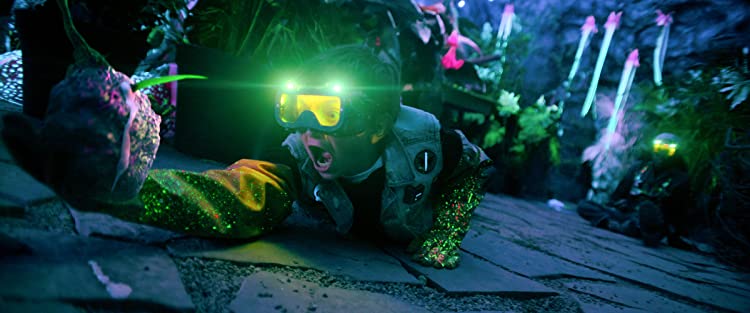
McLachlan says, “I might have been a bit worried about jumping into a show with brand new lenses, but I’d tested the 35mm Vintage’74 version before. I knew that like lenses I was using back in the 1980s and ‘90s, they could be as sharp and crisp as you wanted them to be if you kept stray light off them. But by letting stray light wash or ping them, you could get a lower contrast image. I needed this as well because the main apartment set was super small, with limited places to add fill light – which I almost never use if I have atmosphere. In the end, we liked the look of random light washing and flaring the lenses so much – and the happy accidents that result – that I had the crew leave the matte boxes off almost the entire time.”
The filmmakers generally stayed towards the wider end of the range of focal lengths in order to keep the audience in the main character’s head. “The Hawk65s hold sharpness to the edges much better than regular anamorphics, which I liked because it doesn’t force you to frame everything in the ‘sweet spot’ to keep it from becoming distractingly soft,” says McLachlan. “Also, you’re not tilting or panning important information through the soft edges, which can be a distraction. They really hold nicely without distortion, but still impart the images with that imperceptible quality that gives a subconscious feeling of watching a really big movie. This was especially important given the claustrophobic confines of the sets – there were just a few for the entire film.
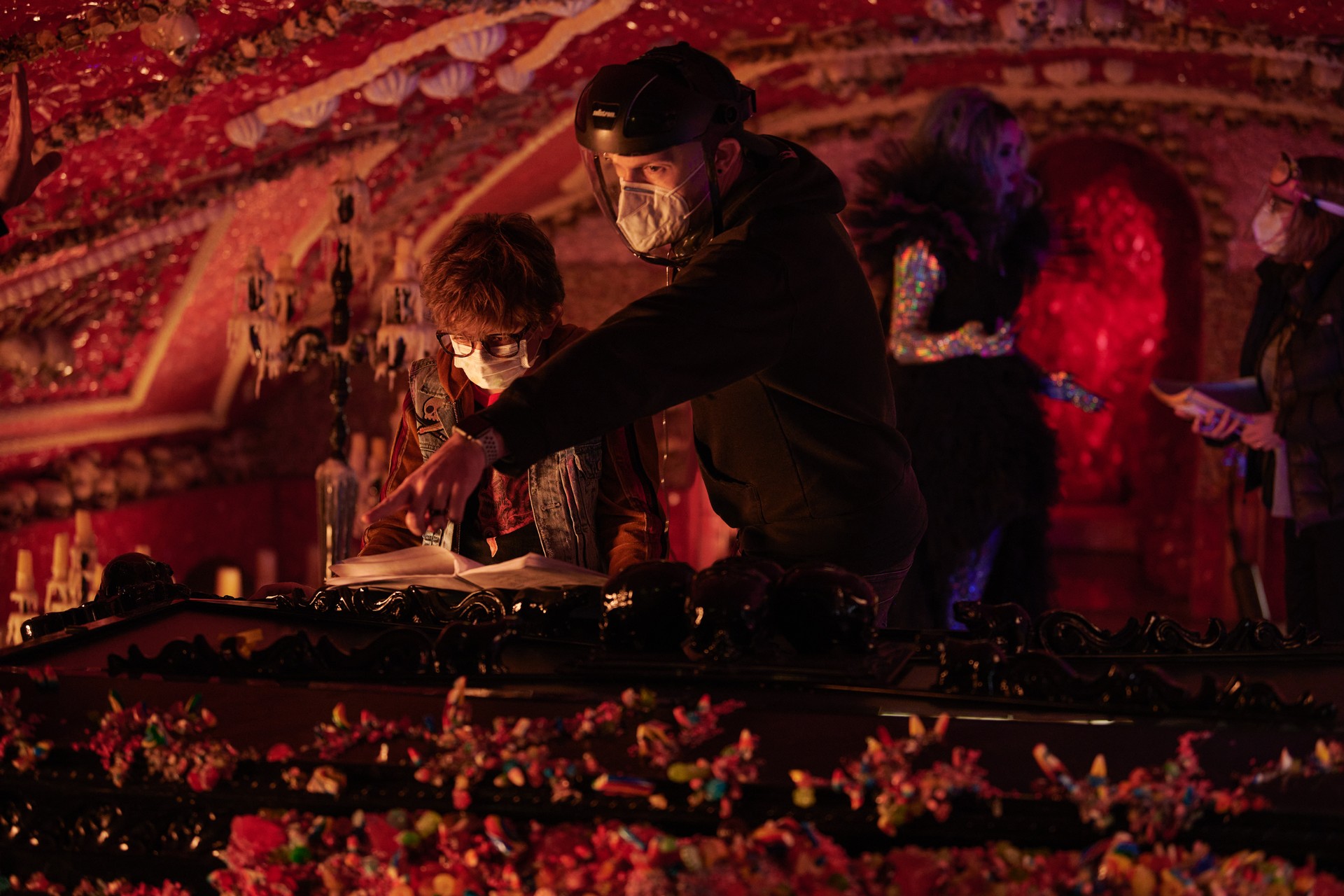
“I can’t wait to use these lenses again, hopefully in 6K, where I think they’d sing even more clearly,” says McLachlan. “I really must take my hat off to Hawk for responding to cinematographers’ needs and providing a really full palette of options. Since Lovecraft Country, I am sold on large format. It’s breathtaking. Having lenses that really let you take advantage of it while not making it annoyingly hyperreal sharpness-wise is exciting.
“From a lighting standpoint, I’m inspired much more by fine art than prior film photography, and I feel these lenses let me be more painterly in my approach,” he says. “David Hockney taught us in his book ‘Secret Knowledge’ that the great painters were all using rudimentary optics for ages without anyone realizing, and that the flaws of those optics were translated into great paintings. Maybe the little optical anomalies, the less contrasty quality, and the subtle aberrations help make the images in our film feel more like fine art than photography.”
Nightbooks premiered on Netflix on September 15, 2021 and was among the ten most-watched movies on the platform for that week in the U.S. McLachlan is currently finishing The Shining Girls, a limited series for Apple TV+.
Watch the trailer here.
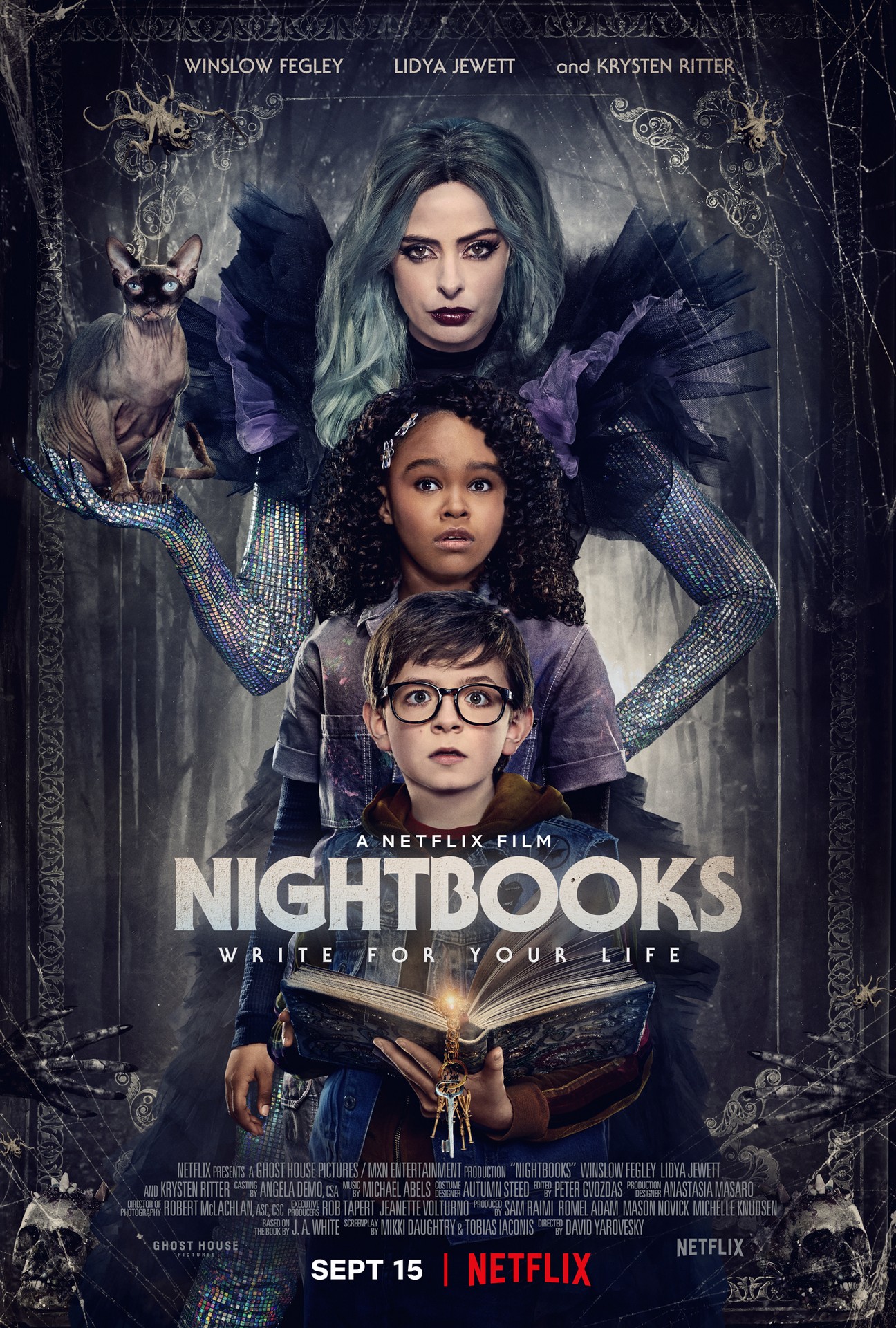
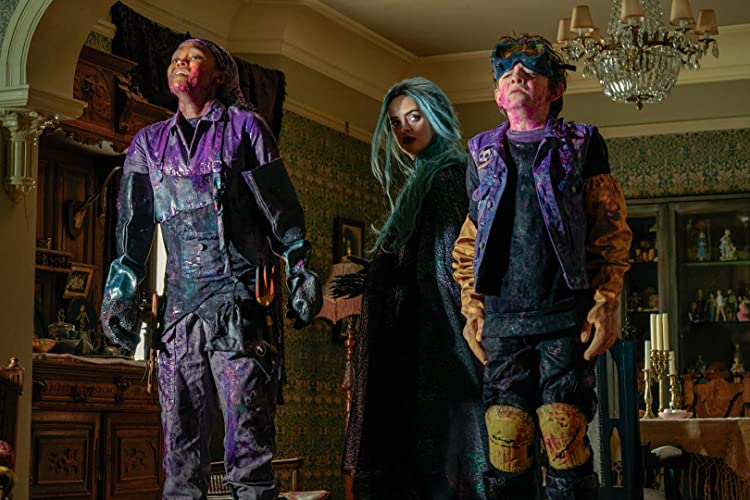
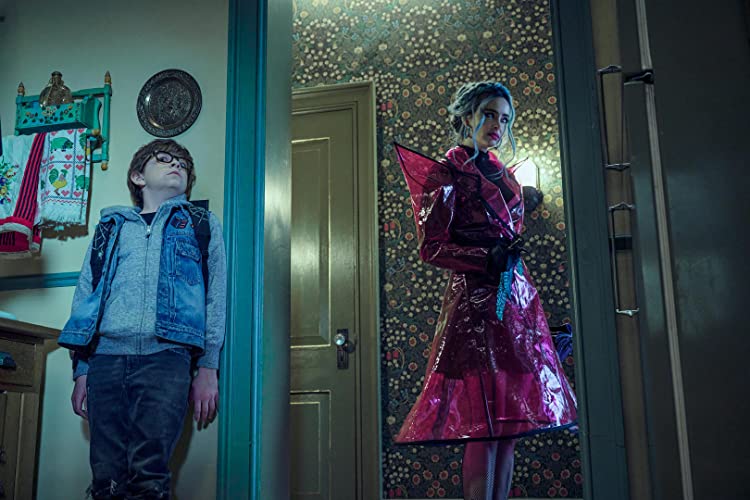
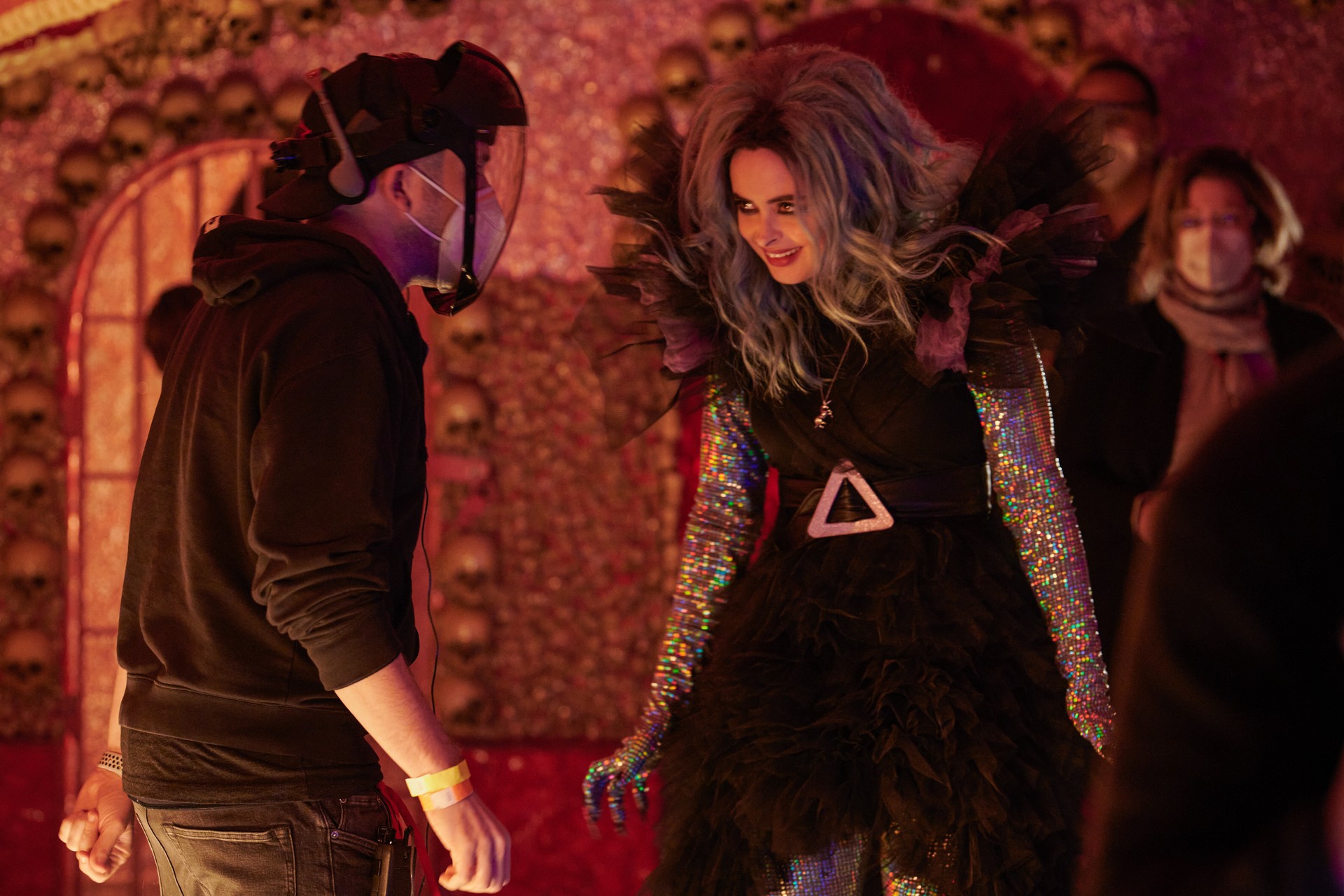
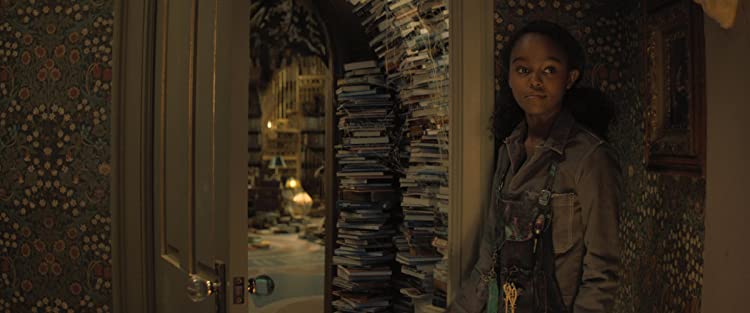
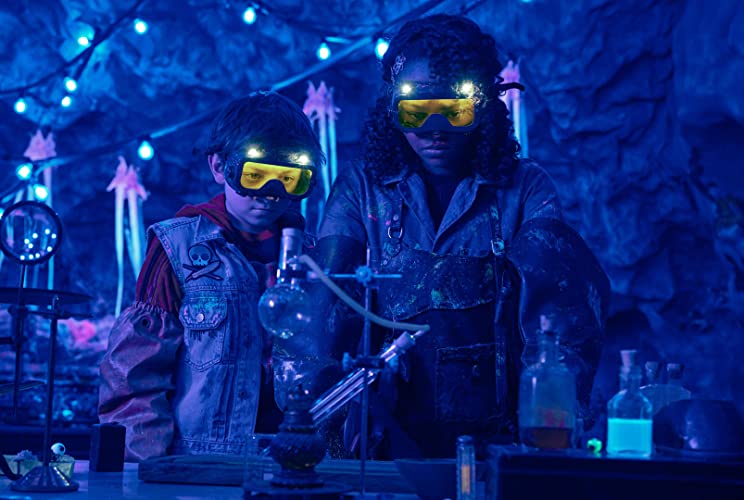
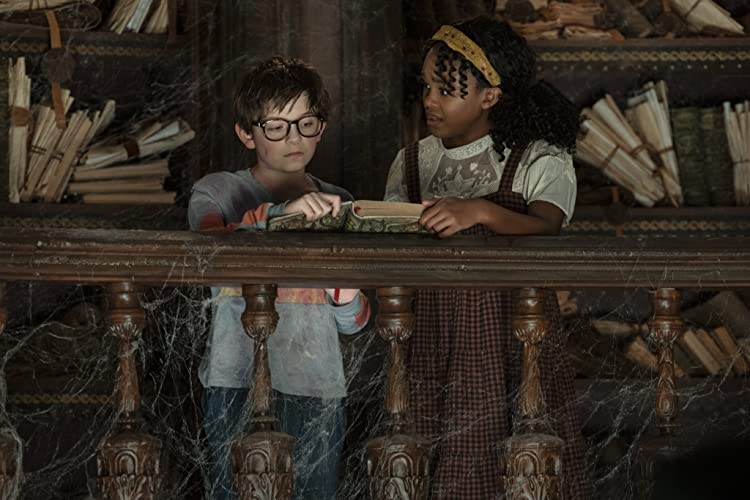
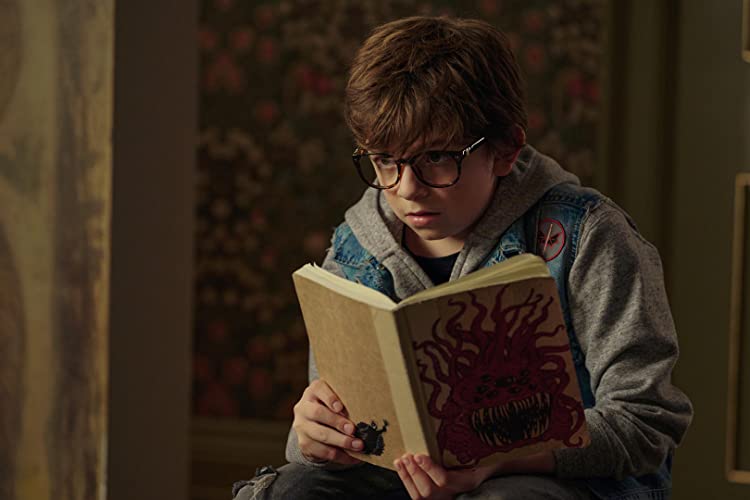
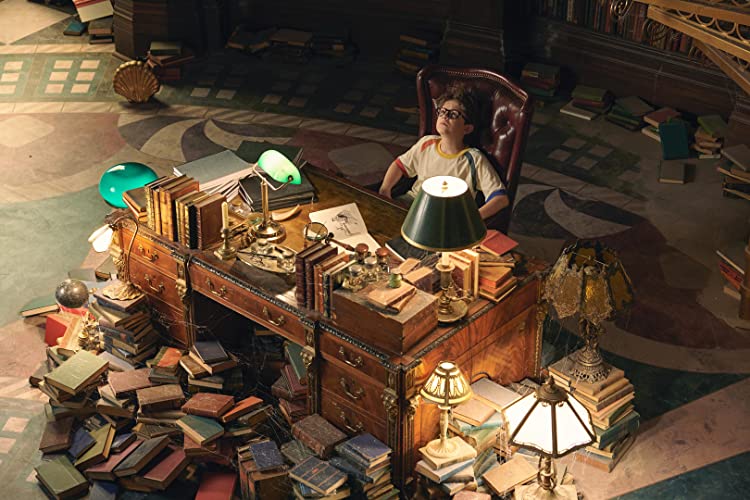

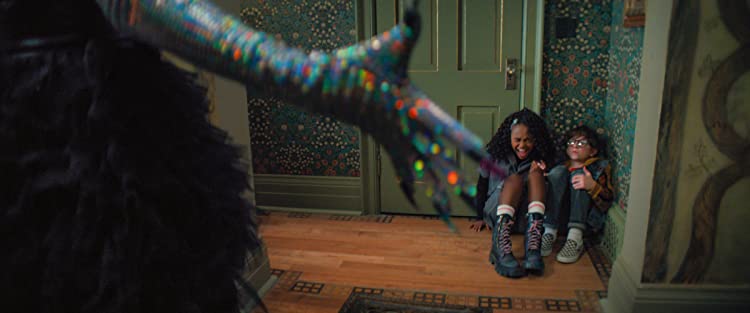
images: Vantage Film/ © Netflix/IMDB